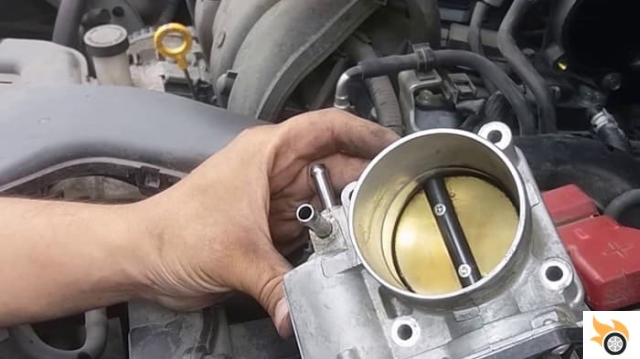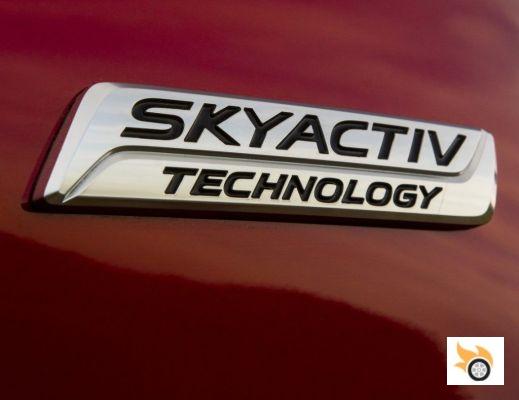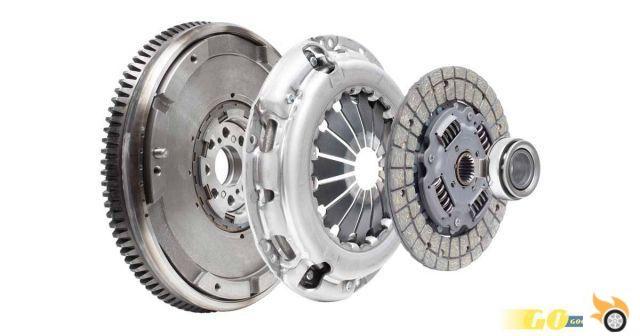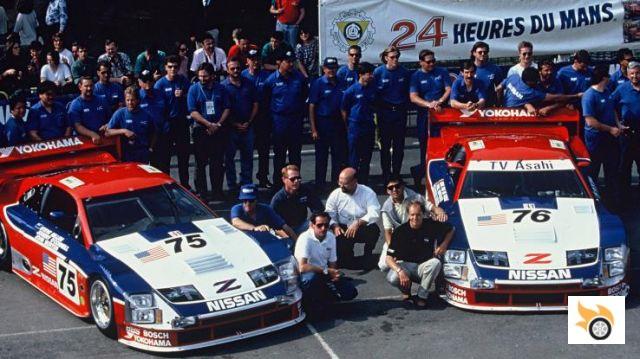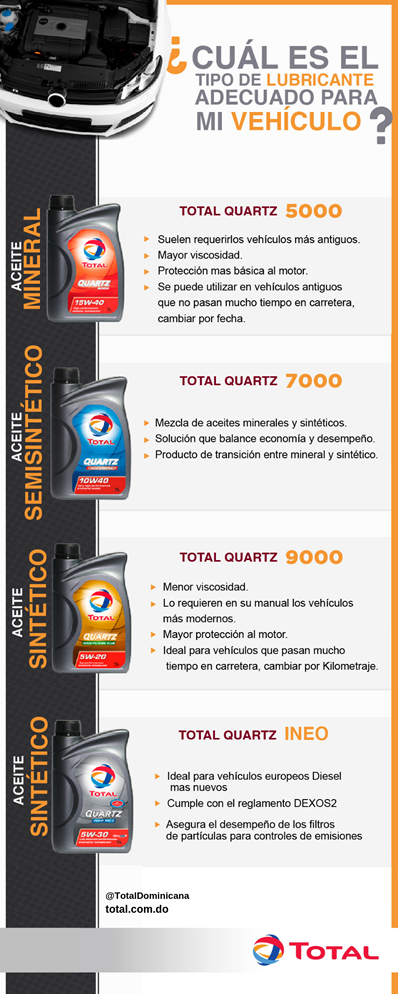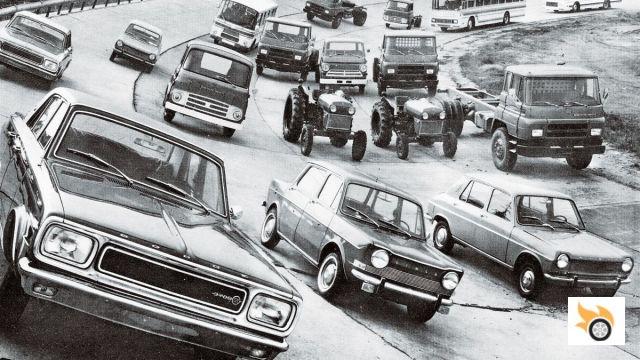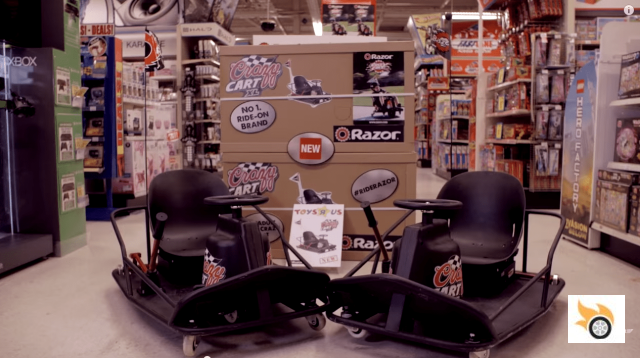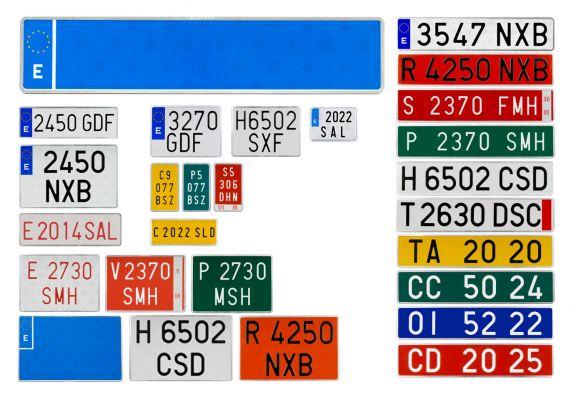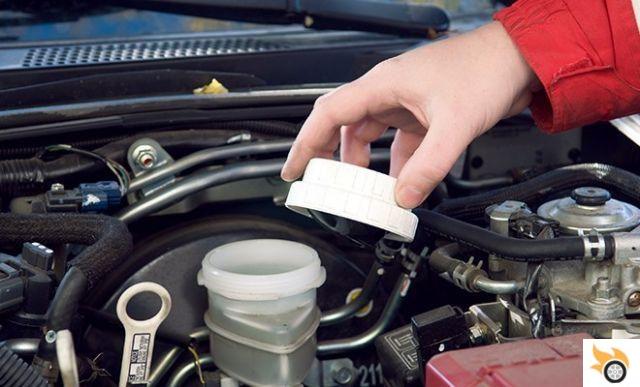
Introduction
In the automotive world, there are many components and systems that require proper maintenance to ensure optimal and safe operation. Two of these essential components are clutch fluid and brake fluid. Although both fluids are vital for the correct operation of the vehicle, it is important to note that they are not the same and have different purposes. In this article, we'll answer the most common questions about these fluids and provide information on their proper maintenance.
Is Clutch Fluid The Same As Brake Fluid?
No, clutch fluid and brake fluid are not the same. Although both fluids are hydraulic and are used in braking systems, they have different compositions and purposes.
Clutch fluid composition
Clutch fluid is specifically designed for a vehicle's clutch system. It is usually composed of polyethylene glycol and special additives that improve its performance and resistance to high temperatures.
Brake fluid composition
Brake fluid, on the other hand, is designed for the braking system and can be of different types, such as DOT 3, DOT 4, or DOT 5.1. It is mainly composed of polyethylene glycol and additives that improve its boiling point and resistance to corrosion.
What is the difference between clutch fluid and brake fluid?
The main difference between clutch fluid and brake fluid lies in their function and the systems in which they are used.
Clutch fluid function
Clutch fluid is responsible for transmitting the pressure exerted on the clutch pedal to the clutch system, allowing smooth and precise gear changing. Without proper clutch fluid, the clutch may slip or not function properly.
brake fluid function
Brake fluid, on the other hand, is essential for the braking system. It transmits the pressure exerted on the brake pedal to the brake calipers or drums, which generates the necessary friction to stop the vehicle. Bad brake fluid can compromise the effectiveness of the braking system and endanger the safety of the driver and passengers.
How to bleed the clutch?
Clutch bleeding is a necessary procedure to remove trapped air from the system and ensure proper operation. Here are the basic steps to bleed the clutch:
Step 1: Gather the necessary materials
To bleed the clutch, you'll need a socket wrench, a container to catch the old fluid, a bottle of fresh clutch fluid, and a helper.
Step 2: Locate the clutch bleeder
The clutch bleeder is usually located on the clutch slave cylinder, near the clutch pedal, or on the gearbox. Check your owner's manual or find information specific to your vehicle model.
Step 3: Prepare the system
Make sure the vehicle is turned off and place the container under the bleeder to catch the old fluid.
Step 4: Open the bleeder
With the help of your helper, open the clutch bleeder by turning the socket wrench counterclockwise. Keep the bleeder open until clear fluid comes out with no air bubbles.
Step 5: Close the trap
Once the fluid runs clear, close the bleeder by turning the socket wrench clockwise.
Step 6: Check the fluid level
Finally, check the level of clutch fluid in the reservoir and add new fluid if necessary. Be sure to use the type of clutch fluid recommended by the manufacturer.
Is the brake fluid the same as the clutch?
No, the brake fluid is not the same as the clutch. Brake fluid is used in the braking system, while the clutch is part of the clutch system. Both systems are hydraulic and use fluid to transmit pressure, but they have different functions and components.
Braking System Components
The braking system consists of several components, such as the brake pedal, master cylinder, brake lines, brake calipers or brake drums, and brake pads or shoes. Brake fluid is essential for the proper functioning of these components and guarantees a quick and efficient response when braking.
Clutch System Components
The clutch system, on the other hand, is made up of the clutch pedal, clutch master cylinder, clutch slave cylinder, and clutch disc. Clutch fluid is necessary to transmit pressure from the clutch pedal to the clutch system and allow smooth gear changing.
Proper Maintenance of Brake Fluid and Clutch Fluid
Proper maintenance of brake fluid and clutch fluid is crucial to ensure safe operation and prolong the life of the systems. Here are some tips for proper maintenance:
regular inspection
Make regular inspections of the level and quality of the brake fluid and clutch fluid. Check for leaks, contamination, or changes in the color of the fluid. If you notice any issues, it's important to address them immediately.
periodic replacement
Brake fluid and clutch fluid should be replaced periodically according to the manufacturer's recommendations. This will ensure optimum performance and prevent future problems.
Use the right fluid
Always use the type of brake fluid and clutch fluid recommended by your vehicle manufacturer. Using the wrong fluid can negatively affect system performance and safety.
Trust professionals
If you do not feel comfortable carrying out the maintenance of the brake fluid or the clutch fluid by yourself, it is advisable to go to a trusted workshop. Professionals have the right knowledge and tools to perform maintenance safely and efficiently.
Frequently Asked Questions (FAQs)
1. What is the useful life of brake fluid and clutch fluid?
The useful life of brake fluid and clutch fluid varies depending on the type of fluid and the manufacturer's recommendations. In general, it is recommended to replace the brake fluid every 2 to 3 years and the clutch fluid every 4 to 5 years. However, it is important to check your owner's manual or look up specific information for your vehicle model.
2. What happens if the brake fluid and clutch fluid are not properly maintained?
If proper maintenance of brake fluid and clutch fluid is not performed, various problems can occur. Contaminated or expired fluid can adversely affect systems performance, causing leaks, corrosion, and component damage. In addition, the wrong fluid can compromise the safety of the vehicle and endanger the lives of the driver and passengers.
Conclusion
Clutch fluid and brake fluid are essential components for the proper functioning of a vehicle's clutch and braking systems. Although both fluids are hydraulic, they have different compositions and functions. It is important to understand the differences between them and perform proper maintenance to ensure the safety and optimal performance of the vehicle. Always remember to follow the manufacturer's recommendations and, if you have any questions or problems, go to a professional. Until next time.




